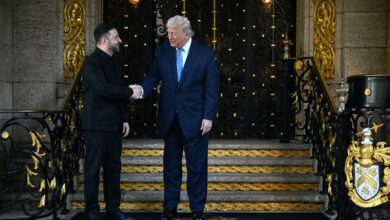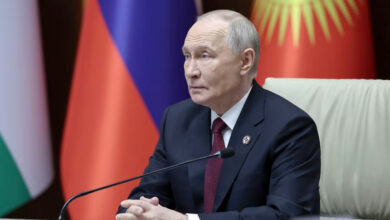
Cuba’s economy bounced back from recession and expanded an estimated 1.1 percent in the first half of this year, driven by growth in tourism, construction and agriculture, Economy Minister Ricardo Cabrisas told the National Assembly on Friday.
The figure was less however than the 2 percent government forecast for 2017 in a country where traditionally activity slows in the second half of the year.
The Communist-run island’s economy slipped into its first recession in nearly a quarter century last year, as it wrestled with declining oil shipments from key ally Venezuela, a slide in exports and a lack of cash.
In his speech to the Cuban parliament that meets twice a year, Cabrisas said “this conjunction of accumulated problems cannot be resolved completely in the short term.”
He added the coming half year would not be exempt from tensions, according to the state-run Cuban News Agency.
The Caribbean island is struggling to pay foreign providers on time and seeking longer payment terms, Western diplomats say. The minister acknowledged liquidity problems in his speech.
Meanwhile, Venezuela’s crude and fuel deliveries to Cuba slid almost 13 percent in the first half this year, according to documents from state-run oil company PDVSA viewed by Reuters.
The main bright spot in the economy, tourism, performed strongly in the first half of the year with the number of tourists rising 23 percent on the year, Tourism Minister Manuel Marrero told the National Assembly on Wednesday.
But US President Donald Trump in June ordered tighter restrictions on Americans traveling to Cuba as part of a rollback of the US-Cuban detente, casting a shadow over the industry’s outlook.
Cabrisas said that besides tourism, construction, transport, communications drove economic growth in the first half of the year. Agricultural production was also positive, except for beef and milk, he said.
The minister added that the government had approved 11 new ventures, five in the Mariel special development zone, which Cuba wants to develop into the Caribbean’s main shipping hub, and six outside.
Since becoming president in 2008, Raul Castro has sought to update Cuba’s Soviet-style command economy, cutting the bloated state payroll, introducing reforms and aiming to drum up foreign investment.
The United Nations estimates the Cuban economy will grow 1 percent this year, in line with a 1.1 percent expansion on average throughout Latin America and the Caribbean.




